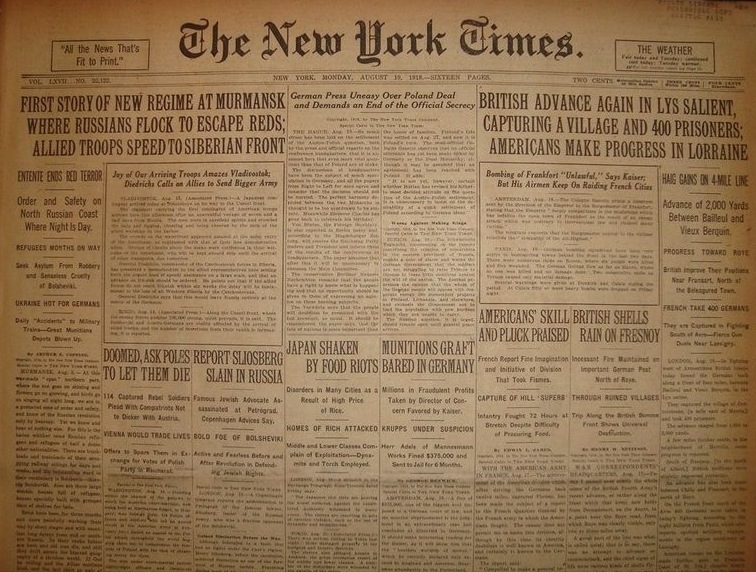“It comes at us from every quarter of the media—old and new—not just as satire but disguised as the real thing, secretly paid for by folks who want to remain in the shadows. And though much of it is clever, it’s not all funny.” Robert Love, Columbia Journalism Review
 |
| H.L. Mencken |
Flashing
forward to 1980, Janet Cooke wrote an article for the Washington Post about
an 8-year-old heroin addict named Jimmy. The story was heart-breaking. After
Cooke won a Pulitzer Prize, people wanted to locate Jimmy so they could help
the lad. Unfortunately, there was no Jimmy. Janet had cooked the whole story up.
In 2003,
The
New York Times disclosed that award-winning reporter Jayson Blair had been a
plagiarist and a frequent fabricator. In
his articles, he had a bad habit of inserting quotes from interviews that never
took place. According to The Times, there were problems in “at least 36 of the
73 articles Mr. Blair wrote since he started getting national reporting
assignments.”
These
are but a few examples of fake news in which journalists intentionally misled
consumers of the news. Sometimes the media also report fake stories
unwittingly. In October of 2009, the Balloon Boy captivated audiences as he
reportedly floated through the sky in a balloon. Reporters and TV viewers alike
ate the story up. It turned out that Falcon Heene had never even left the ground.
He had been safe at home the whole time. It turned out that his parents had
pulled off one of the greatest hoaxes in modern history.
With
some websites, like The Onion, it’s clear that the stories presented are
satirical. Nevertheless, there are people who believe the articles. Other
websites do a very good job of looking legitimate, and for many readers it is
easy to believe the articles. Fake news has become a hot topic. For many
readers, it has become difficult to distinguish what’s real and what’s not.
The Fake
News Review covers fake news in three helpful ways.
- By providing analysis of the issues related to fake news.
- By providing links to intelligent stories about fake news by other writers.
- By providing links to some of the hottest current fake news stories and labeling those stories as such.
At Fake
News Review, we endeavor to be your trusted source for real news about fake news. Look, up in the sky. Is
it a bird? Is it a plane? No! It’s the Balloon Boy riding high once again!












No comments:
Post a Comment